Old Market Square in Poznań
6.97
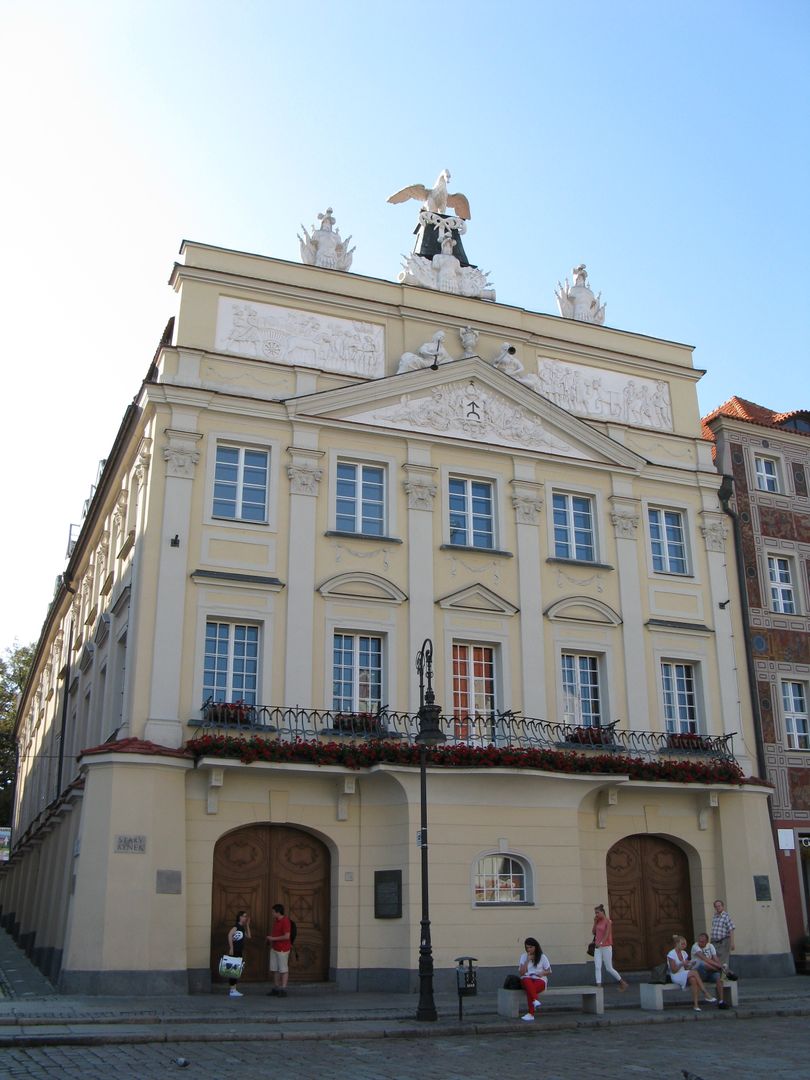
Overview
Poznań's Old Market Square, established around 1253, is the city's main square and the third largest market square in Poland. It has a square shape with sides measuring 141 meters. Its history dates back to the relocation of the princely seat of Poznań to the left bank of the Warta River, where a town with a regular layout was established. The square served key commercial and administrative functions, connecting international and local trade routes. In the 13th–15th centuries, wooden buildings dominated, and the first brick structure was the municipal weigh house. The Gothic town hall, with later Renaissance renovations, became the symbol of the square. Over time, the construction of brick stalls, cloth halls, and butcher shops began, aligning with contemporary European standards. Fires, such as the one in 1447, necessitated reconstruction in brick, though wooden elements persisted in some places.
In the 16th century, the square bustled with life, hosting fairs and offering various services. During this period, tenement houses with aesthetic arcades were built, and Renaissance elements enriched the architecture. A significant event for the square was the fire of 1536, which led to the construction of a new town hall and the Sand Town Hall. In the 17th century, the architecture gained Baroque decorations. The square featured brick butcher shops, wells, and commercial arcades. In the 19th century, Germanization took place, buildings were heightened, and commercial activities began on the square, including modern gas lighting.
During the two world wars, the square suffered heavily. After World War II, 60% of the buildings were destroyed, and the reconstruction process lasted for many years, restoring the Old Market Square to its original functions but with new purposes, such as museums and galleries. In 1954, the reconstruction of the town hall was completed, followed by other tenement houses. In the 21st century, the square has become an open-air café with events like fairs and festivals. Three corner fountains were reconstructed, and in 2010, a metal model of the square was created for the visually impaired. Today, the Old Market Square is not only a commercial space but also a cultural center of Poznań, serving as one of the city's main tourist attractions, fascinating with its blend of history, architecture, and modern social functions.
Location
Tickets
Powered by GetYourGuide
You can also find here:

Poznań City Hall
8.29
Old Town Housing Estate, Poznań

Poznań goats
7.16
Old Town Housing Estate, Poznań
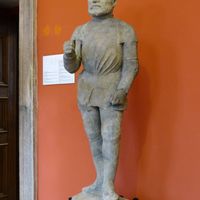
The Pillory in Poznań
7.1
Old Town Housing Estate, Poznań
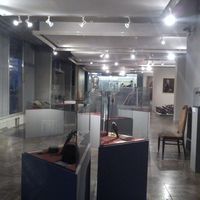
Wielkopolska Military Museum
7.03
Old Town Housing Estate, Poznań
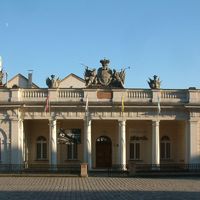
Museum of the Wielkopolska Uprising 1918–1919
6.63
Old Town Housing Estate, Poznań
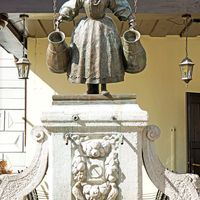
The Bamberka Well in Poznań
6.55
Old Town Housing Estate, Poznań

Town Hall – Poznań Museum
6.38
Old Town Housing Estate, Poznań
2025 Wizytor | All Rights Reserved